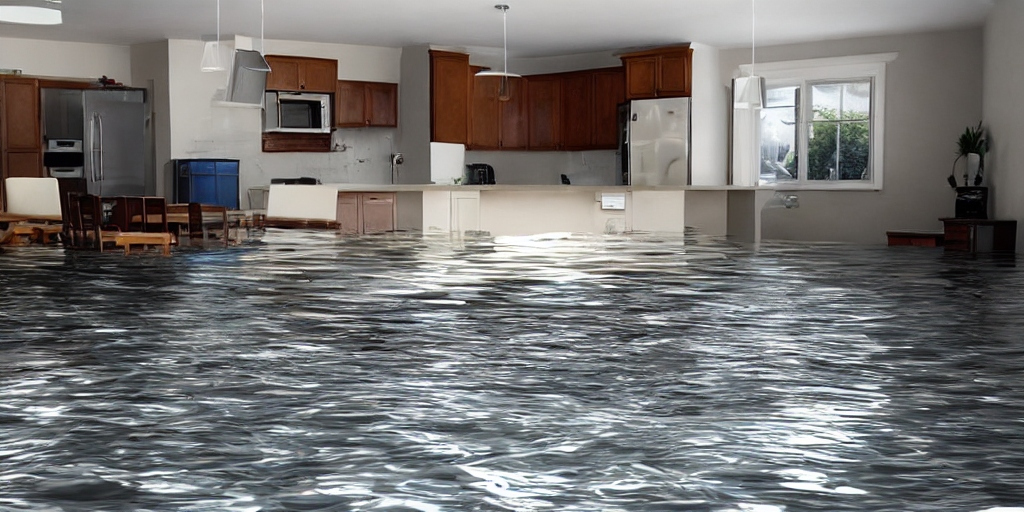Water damage can be a homeowner’s nightmare, and when disaster strikes, swift and effective action is crucial. Understanding the intricacies of water damage remediation services is essential for ensuring a prompt and thorough recovery. In this guide, we delve into the processes, differences between mitigation, remediation, and restoration, and explore the services offered by industry leaders like SERVPRO. Additionally, we’ll address common questions about water damage, including how to remove it from your home.
Water Remediation Processes: Unveiling the Steps to Recovery
Water damage remediation services encompass a series of processes designed to restore your property after water-related incidents. These processes typically include:
- Assessment and Inspection: The first step involves a thorough evaluation of the extent of the water damage. Professionals identify affected areas, assess the severity of the damage, and create a comprehensive plan for remediation.
- Water Extraction: The swift removal of excess water is crucial to prevent further damage. Powerful pumps and vacuums are employed to extract standing water from the affected areas.
- Drying and Dehumidification: Once the water is removed, the drying process begins. Industrial-grade dehumidifiers and specialized drying equipment are used to eliminate residual moisture and prevent mold growth.
- Cleaning and Sanitizing: Water damage often brings contaminants into the home. Professional services include thorough cleaning and sanitizing to ensure a safe and healthy living environment.
- Restoration and Repairs: The final stage involves restoring the property to its pre-damaged state. This may include repairing structural damage, replacing materials, and addressing any cosmetic issues.
Also Read: Understanding the Essence of Water Remediation Services: A Comprehensive Guide
Mitigation vs. Remediation vs. Restoration: Decoding the Differences
Understanding the distinctions between mitigation, remediation, and restoration is crucial in navigating the aftermath of water damage.
- Mitigation: Mitigation focuses on preventing further damage immediately after an incident. It involves swift action to reduce the severity of the impact.
- Remediation: Remediation is the process of reversing or stopping damage. In the context of water damage, it includes the steps mentioned earlier to restore the property.
- Restoration: Restoration is the final step, where the property is returned to its pre-damaged condition. This may involve more extensive repairs and reconstruction.
SERVPRO: Leading the Way in Water Damage Remediation Services
A common question often asked is, “Does SERVPRO fix water leaks?” SERVPRO, a renowned leader in the industry, specializes in a range of water damage restoration services. While their primary focus is on remediation and restoration, they can also address issues related to water leaks. Their highly trained professionals utilize advanced equipment and techniques to provide efficient and effective solutions.
Moreover, SERVPRO water damage cost is often competitive, considering the comprehensive services they offer. Reviews consistently highlight their prompt response, professionalism, and thorough approach to water damage remediation.
Removing Water Damage from Your Home: A Step-by-Step Guide

Understanding how to remove water damage from your home is essential for homeowners facing this unfortunate situation. While professional services are recommended for significant incidents, here are some general steps you can take:
- Identify and Stop the Source: Before anything else, identify the source of the water damage and take steps to stop it. This may involve shutting off water mains or addressing leaks.
- Remove Standing Water: Use pumps, buckets, or towels to remove standing water. The faster you can eliminate excess water, the better.
- Ventilate and Dehumidify: Ensure proper ventilation and use dehumidifiers to speed up the drying process. This helps prevent mold growth.
- Clean and Sanitize: Thoroughly clean affected areas with appropriate cleaning agents to eliminate contaminants. Sanitize to ensure a safe environment.
- Inspect for Structural Damage: Assess the structural integrity of your home. If there’s significant damage, consult with professionals for comprehensive remediation.
Also Read: Dealing with Emergency Water Damage: A Comprehensive Guide
Conclusion
Navigating water damage requires a strategic and prompt response. Understanding the remediation processes, the differences between mitigation, remediation, and restoration, and the services offered by industry leaders like SERVPRO can make a significant difference in the outcome. Whether faced with a minor leak or a major flooding incident, seeking professional water damage remediation services ensures a thorough and efficient recovery.










